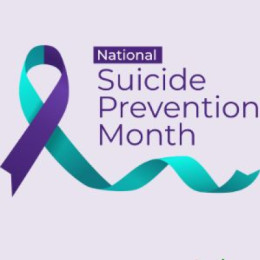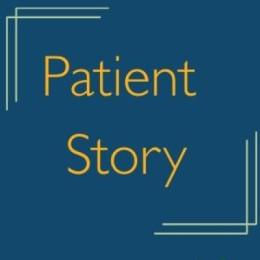Posted On: November 12, 2020 by Community HealthCare System in: Community health news
The American Lung Association estimates that more than 15 million Americans suffer from chronic obstructive pulmonary disease, or COPD, and many more don’t realize they have it. With a rampaging respiratory virus on the loose, now is a good time to learn more about a disease that can take your breath away.
According to Deb Rezac, advanced practice registered nurse at Community HealthCare System and experienced provider of pulmonary-critical care, the symptoms that trigger suspicion of the condition include shortness of breath at rest or upon exertion, cough with or without sputum production, and progressive limitation of activity. The symptoms result from decreased airflow in and out of the lungs.
Rezac said COPD can be managed. “Establishing a correct diagnosis of COPD is important because appropriate management can decrease symptoms; reduce the frequency and severity of flareups, including hospitalizations; improve health status; improve exercise capacity; and prolong survival,” she said.
Pulmonary function testing is one tool that helps diagnose COPD. Registered Respiratory Therapist Michelle Budreau said a PFT measures lung volume, or the maximum amount of air a patient can get into his or her lungs, along with muscle strength, how well a patient is breathing in oxygen and expelling CO2, and other markers of how well a patient’s lungs are working. Budreau noted that Community HealthCare System recently acquired a new PFT machine to provide the most up-to-date testing.
“We are happy to be able to offer the latest testing technology so we can provide patients with the best possible service and diagnosis,” Budreau said.
As with many diseases, early detection and treatment of COPD helps protect quality of life. Patients who are diagnosed with COPD should work with their healthcare providers to make lifestyle changes that prevent worsening symptoms. Smoking is the main cause, so quitting the habit is important.
“Lifestyle changes that can help include avoiding respiratory irritants such as cigarette smoke, dust, and exhaust fumes; exercising regularly; maintaining a normal weight; and controlling cardiovascular risk factors,” Rezac said.
Additional treatments include inhaler-type medications to help patients breathe easier, reduce coughing, and feel less short of breath. Regular PFTs can also help monitor progression of COPD and determine effectiveness of therapy.
In addition to taking medications, making lifestyle changes, and monitoring progression, patients with COPD also need to be especially careful to protect themselves from influenza and COVID-19 because they are at a higher risk for complications.
“Patients with COPD should protect themselves during flu season by getting the influenza vaccine, avoiding crowded conditions, and washing hands frequently. Use of masks has also been added to the recommendations this year due to the presence of COVID-19 during flu season,” Rezac said.











0 comments